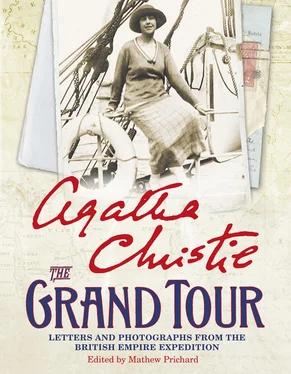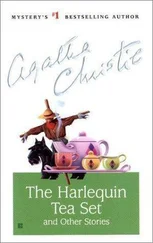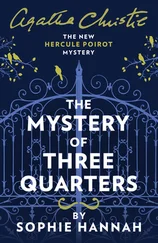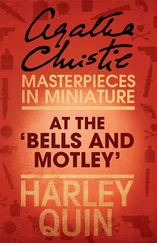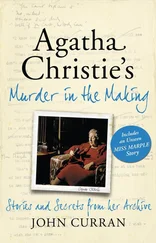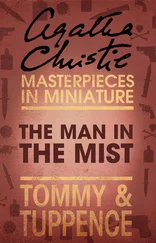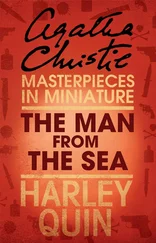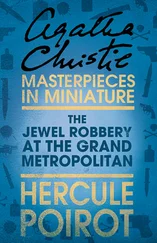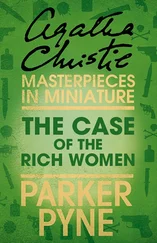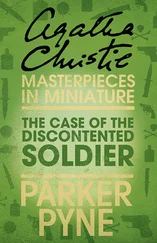From a family point of view Nima and Archie’s decision to accompany Belcher on the Grand Tour was brave considering their precarious financial position at the time. I suspect their decision to go arose from Archie’s restlessness and dissatisfaction with his current job (a position which might not be kept open for his return); coupled with Nima’s passionate desire to see the world, and her suspicion that marriage to a businessman with two weeks’ holiday a year would make further opportunities for such adventures non-existent. Sitting at my desk, and reviewing in my mind Nima’s life-long love of travel, which took her at various times to the Middle East, North Africa, Sri Lanka, America, the West Indies – sometimes with her family in tow – it is hard to remember that forward vision was not available to her in 1922. She could not see her life spreading out before her, and who are we to blame such a passionate and enthusiastic person for taking what she thought was her one and only chance to see the far end of the world, whatever the financial risks and despite the certainty that she would miss her daughter dreadfully. It is also true to say that ‘family support systems’, including in Nima’s case, a mother, a sister and servants, were much more available and accepted than they are now.
So, Nima and Archie set off and what follows in this book is a completely spontaneous outpouring of wonder at the different people, scenery and events that unfolded before them as they went. Some of what they saw, such as the Victoria Falls, Table Mountain and Sydney Harbour, are still there, though much developed. Much more poignant to me (for I have visited all three cities) were the pictures of Hobart, Wellington, and particularly Cathedral Square in Christchurch, New Zealand. The first two are completely unrecognizable from the buzzing cities you see today. A simple black-and-white picture overwhelms me with a powerful sense of natural elegance and beauty, and, I confess, with a sense of guilt and regret that progress has meant the destruction of some thing so intrinsically valuable. Christchurch, of course, suffered a devastating earthquake in 2011, but I suspect that if a 1922 resident could see how the city has developed over the intervening decades, he or she would mourn the urban developments almost as poignantly.
One episode which particularly impressed me was Nima’s trip to Coochin Coochin Station to visit the Bells, who (as she said) seemed to own most of the cattle in Australia. With their natural vivacity and energy, the Bells provided a stark contrast to the inhibiting nature of Belcher’s company; but is it entirely my imagination that the freedom, spontaneity and independence displayed by the Bells on their own patch was something that Nima had never experienced before? I suspect, in good times and in bad, she never forgot it. I remember, in the 1950s, meeting Guilford Bell, Frick’s son, who ended up being one of the most innovative and successful architects in Australia, designing some iconic buildings on Sydney Harbour and in Melbourne. I remember him leaving after a weekend with us all and writing in the visitor’s book at Greenway, which desperately needed a lick of paint at the time, ‘Always paint me white!’ I also remember visiting him for dinner in his disarmingly simple (white) house in Melbourne, in which he had decreed that only one picture should be on display in each room. No matter, in the Living Room was one of the most charismatic and glowering landscapes I have ever seen, painted by Russell Drysdale as a gift to Guilford, who had designed a house for him. The Bells, all of them, were an inspiration to Nima. No wonder.
What is one to say about Nima’s photography? Ignoring the basic quality of her equipment (she had her camera stolen in South Africa – in my opinion the replacement was better) – it manages to be amazingly evocative. In browsing through the two albums she left us, I couldn’t help but admire her assiduousness: the camera must never have left her side. Perhaps this is also a figment of my imagination but I found myself thinking that her photography was like her writing in a different medium – spontaneous, direct, but occasionally with a shaft of brilliant artistic talent. The following is a list of subjects which she photographed that particularly impressed me – all quite different yet each evocative in its own way of the time and place it happened: logging in Canada, surfing in Honolulu, the police in Suva, the youngest cotton picker, trains, Susan in Coochin Coochin, and the ‘Bush train’. I will give you no further details – you will enjoy finding them for yourselves.
You would not be surprised to hear that the question I am most often asked about Nima is, ‘Yes, but what was she really like?’ I have spent, over the past month or so, some time reading these letters and looking at these photographs, and asking myself whether, in the light of what they reveal, my standard answers need to be reviewed. My standard answers were that she was a shy, reserved person, who was very reluctant to talk in public, give press interviews, discuss her work or otherwise engage in activity other than writing books. She was never happier than being with her family or close friends; she was a devout person who believed in God (and in evil) and, to me, an inspirational grandmother far more interested in my own likes and dislikes than in promoting or discussing herself. She was, I have always said, the best listener I ever met. I still believe, based on the evidence of the 25 years or so that I knew her well, that all this is true.
But, as I read her account of the Grand Tour, I see glimpses of another Agatha Christie. One with far more confidence in herself publicly than the one I remember. One who sang in public in Coochin Coochin, was very sociable on board ship, and who had the courage to make the decision to go on the tour and leave her daughter for 10 months. A person who, even though it turned out to be the wrong thing to do, took her place directly beside local dignitaries at the lunch table until being told to go back and sit next to her husband. A young woman of 32 who was actually confident in herself, and in her husband, amid constantly changing circumstances and for the most part in the company of total strangers. One suspects, indeed, that Nima and Archie were the glue that held the tour together, particularly in view of Belcher’s unpredictable nature. So I find myself in the presence of a younger Agatha, more confident and assertive than the Nima that I remember – and what do I feel? I feel even more proud of her.
Some three to four years after returning from the tour, as all the world seems to know, Nima had to suffer the death of her mother, and separation and divorce from Archie. As a consequence of these traumatic experiences, she famously got lost, or disappeared, eventually to reappear in Harrogate under another name. It is not appropriate to discuss here the details of this experience, except to say that for most of us the juxtaposition of two of the most disturbing events that can happen to anyone would be life-changing. I am sure Nima was no exception and that a very important part of the confident, carefree wife who accompanied Archie in 1922 was lost forever after the events of1926–27. Fromthenon, despite a very successful second marriage, all her confidence, energy and genius were concentrated on supporting her new husband and, of course, on her work. The days of vivacious Agatha at public gatherings were not to return; but perhaps in the end we were all the benefactors, for in both quantity and quality her work after 1927 was amazing.
From a historical point of view the account of the Grand Tour, both literary and photographic, is a remarkable snapshot of life in the 1920s, nostalgic and curious. For me it is also a glorious vision of a grandmother I never knew, but who I am very glad existed.
Читать дальше
